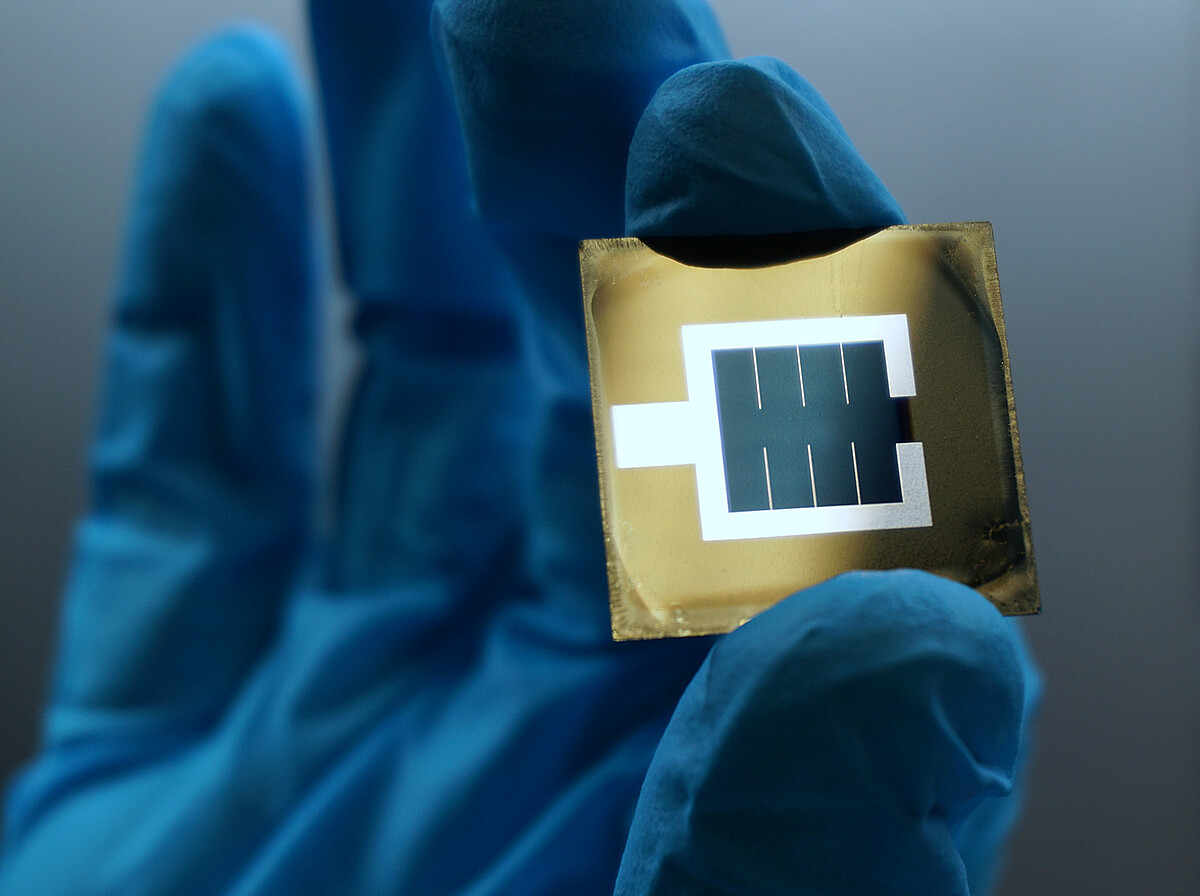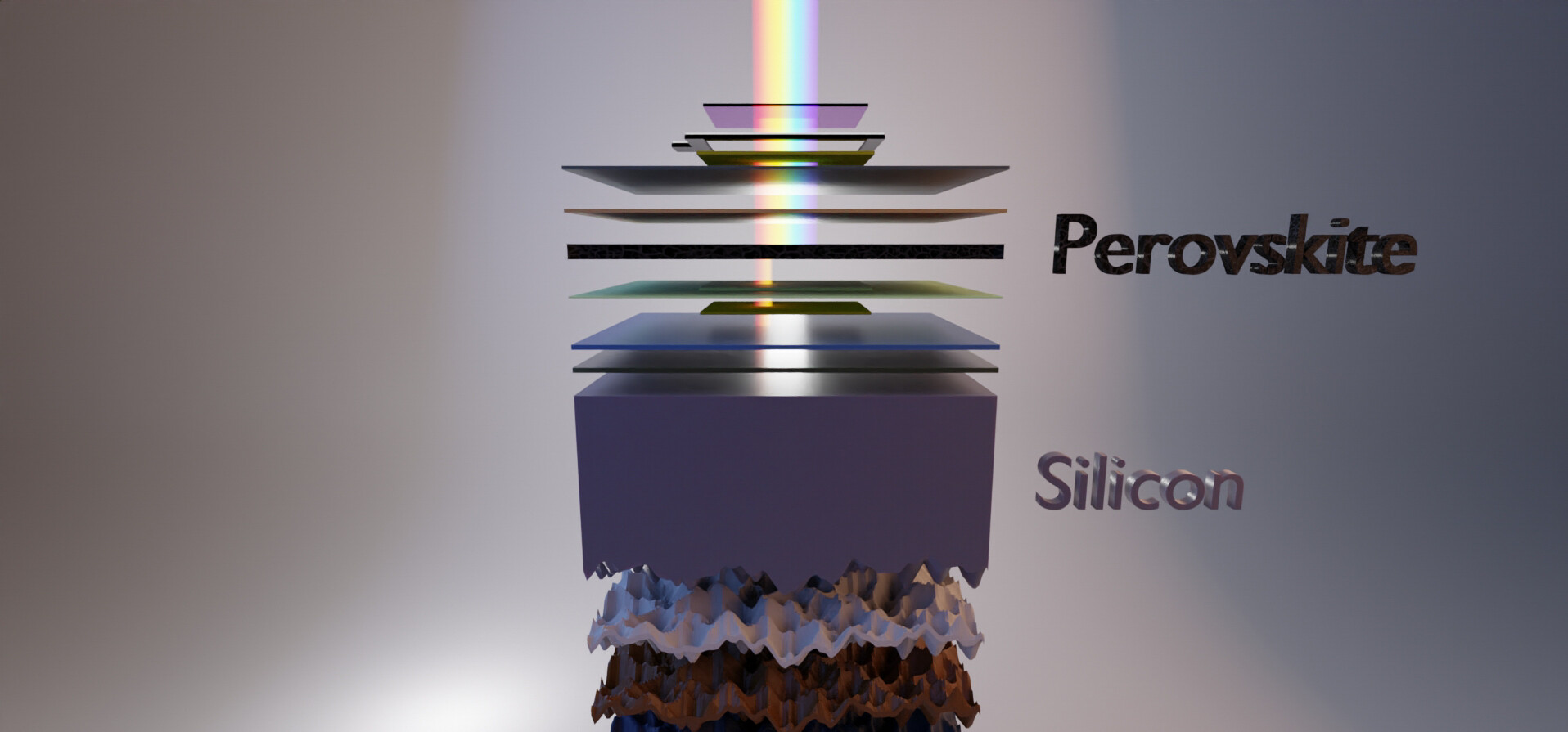The World’s Most Efficient New Solar Cells
Berlin’s famous Helmholtz Center for Materials and Energy has reclaimed the world record for tandem photovoltaic cells.
The Helmholtz-Zentrum Berlin for Materials and Energy (HZB) is a world-renowned research institute with a focus on solutions for a climate-neutral society. Here, scientists are developing and optimizing for example efficient and cost-effective materials for solar cells and batteries. These materials to be used in the production of energy are essential components for achieving a CO2 neutral and secure energy supply.
Industrially produced solar modules may currently achieve efficiencies ranging from 18% to 22% under standard test conditions, meaning about a fifth of the light hitting a solar panel is turned successfully into electricity. The standard material used to convert sunlight into power is silicon, which is efficient in converting infrared light.
Perovskite efficiently converts a different part of the spectrum, the visible part, and researchers all over the world are working on so-called “tandem cells” which combine both materials to utilize the solar spectrum more efficiently.
For a few years now, an exciting race for new records has been on. “An efficiency of 30% is like a psychological threshold for this fascinating new technology which could revolutionize the photovoltaic industry in the near future,” explains Professor Steve Albrecht, who is working on thin films of perovskite at the HySPRINT lab at HZB.
By the end of 2022, scientists from HZB were able to significantly improve the efficiency of perovskite/silicon tandem solar cells. With a new certified value of 32.5%, the record is back again at HZB. “We are very excited about the new value as it shows that the perovskite/silicon tandem technology is highly promising for contributing to a sustainable energy supply,” says Albrecht. “This is a really big leap forward that we didn't foresee a few months ago. All the teams involved at HZB, especially the PV Competence Center (PVComB) and the HySPRINT Innovation lab teams have worked together successfully and with passion.”
Research and development specialists PVcomB are on a mission to support worldwide growth of thin-film photovoltaic technologies and products by providing top-level development and technology transfer to industry, in cooperation with academia.
HySPRINT offers ultramodern laboratories in the Berlin-Adlershof Technology Park with excellent R&D facilities and a highly competent and motivated team of scientists and technicians. They have long-standing experience in close collaboration with industrial partners in early stages of development. They also have a worldwide R&D network and a unique incubation program for innovators in advanced materials, called AdMaLab.

As Eike Koehnen, post-doctoral researcher at the Department Perovskite Tandem Solar Cells at HZB, puts it, “In photovoltaic energy research, Berlin is really good. We have a lot of institutes. We have a lot of universities, for example, the HTW Berlin, the University of Applied Sciences. We have the University of Potsdam, which is also very good in this research area. There is quite a lot of research on renewable energies, and solar cells in particular. It is all very beneficial.”
Koehnen is excited about the material perovskite. “In terms of efficiency, there has been no comparable technology which has achieved such an efficiency increase in such short time … Of course, there are several challenges. There is still room for improvement when it comes to extracting electric current from the solar cells. And if we can improve this current extraction, we will have even higher efficiencies.”
He also speaks about mitigating the downsides to the new technology. “The amount of lead we are using in the solar cell is very, very low. We have in typical silicon solar cells, which thousands of people have on their roofs, around about 13 grams of lead. Using perovskite will right now add maybe 0.6 grams of lead, which is of course relatively speaking quite a low amount.” The cells pass the regulations restricting the amounts of such a harmful substance, but still, “We would like to reduce the lead or better yet to replace it altogether by a non toxic element.”
To get tandem cells on the market, HZB is working with international solar panel producers Meyer Burger, Qcells, and Oxford PV, who recently set up a plant in Brandenburg-an-der-Havel near Berlin.
Text: Olaf Bryan Wielk, ideenmanufaktur
Header image: © Eike Köhnen/HZB






